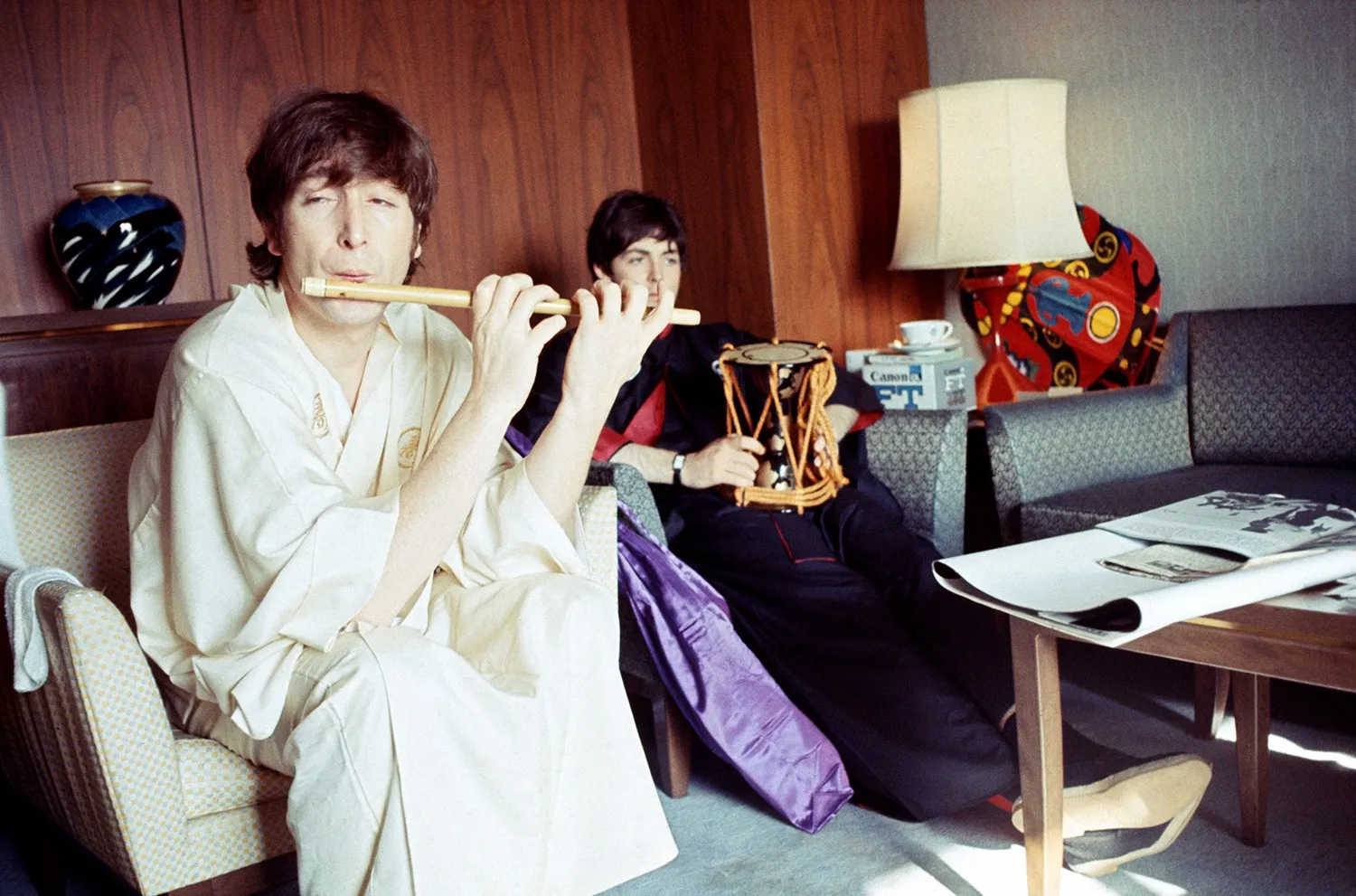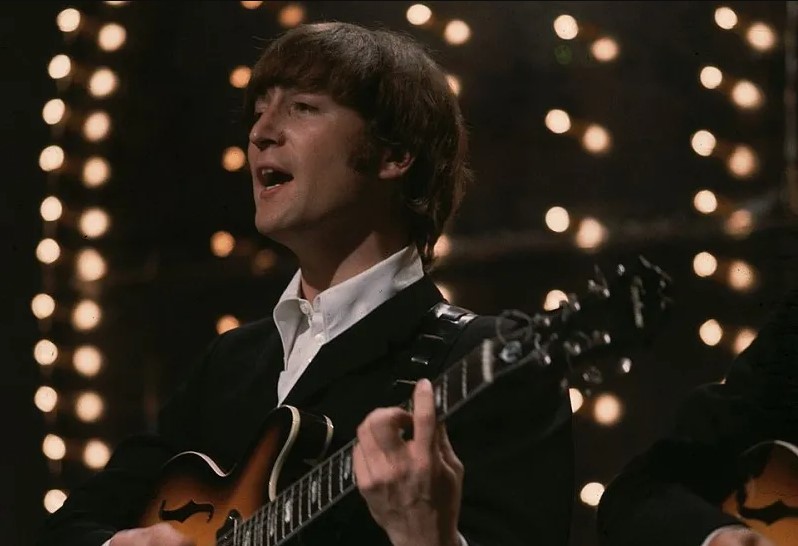In the sweltering heat of Tokyo’s summer, the year 1966 welcomed back a figure who had left an indelible mark on the city’s cultural landscape just months before. John Lennon, the enigmatic Beatle, returned for an encore, a personal sojourn that would see him dive deeper into the heart of Japan’s capital.

“Lennon’s Tokyo Encore 1966” is not merely a chronicle of a rock star’s visit; it is a tapestry woven with threads of introspection, artistry, and cultural communion. The narrative follows Lennon as he navigates the vibrant streets of Tokyo, far from the screaming fans and the relentless flash of cameras. This time, his journey is one of self-discovery, a quest for artistic inspiration amidst the serene beauty of Japanese tradition and the frenetic pulse of a city racing towards the future.

The book opens with Lennon’s arrival at Haneda Airport, greeted not by fanfare but by the tranquil anonymity he craved. The reader is taken through the narrow alleys of Asakusa, where the scent of incense from Senso-ji Temple blends with the aroma of street food, tantalizing Lennon’s senses and igniting a spark of creativity within him.

As the pages turn, we witness Lennon’s fascination with the Japanese way of life. He indulges in the ritual of the tea ceremony, finding a parallel between the precision of the practice and the meticulous nature of creating music. The stillness of the ceremony contrasts with the cacophony of his life as a Beatle, offering him a moment of peace in a world of chaos.

The narrative delves into Lennon’s encounters with local artists and musicians, dialogues that transcend language barriers and culminate in impromptu jam sessions that blend Western rock with Eastern melodies. These moments are not just exchanges of notes and chords but of souls and stories, each artist leaving a mark on Lennon’s evolving musical identity.

“Lennon’s Tokyo Encore 1966” also explores the introspective side of Lennon’s personality. Through fictionalized diary entries, the reader gains access to his innermost thoughts—his reflections on fame, the pressures of creativity, and his longing for a connection that goes beyond the superficial. Tokyo becomes a mirror in which Lennon sees not just his reflection but the contours of his future self.

The climax of the book is a secret concert at a small jazz club in Roppongi, a performance that is the culmination of Lennon’s Tokyo experience. The setlist is a mix of Beatles’ classics and new, experimental pieces inspired by his time in the city. The intimate setting allows Lennon to connect with his audience in a way stadium tours never could, each song an ode to the city that showed him the beauty of simplicity and the power of quiet moments.

As the narrative closes, Lennon departs Tokyo with a renewed spirit and a notebook filled with lyrics and sketches, the seeds of songs that would bloom in the years to come. “Lennon’s Tokyo Encore 1966” is a fictional homage to a real icon, a story that captures the essence of a man at a crossroads, finding his way through the melody of a city that sings to the rhythm of tradition and innovation.








